A Practical Guide to Drone Waterproofing

Drones have become indispensable tools for various industries, from aerial photography and videography to search and rescue operations. However, their sensitivity to water has been a limiting factor, preventing them from reaching their full potential in challenging environments. But times are changing. The demand for waterproof drones is soaring, driven by the need for reliable operation in rain, snow, and even underwater.
This article dives deep into the latest advancements in drone waterproofing, providing a comprehensive guide for 2023 and beyond. Whether you're a seasoned professional or a hobbyist looking to expand your aerial horizons, we'll equip you with the knowledge to navigate the exciting world of waterproof drones.
Why Waterproofing Matters
Water and electronics are a notoriously bad combination, and drones are no exception. Even a small amount of moisture can cause short circuits, corrosion, and irreparable damage to sensitive components. Waterproofing your drone offers numerous benefits:
- **Expanded Operational Range:** Fly confidently in rain, snow, fog, and humid environments without compromising safety or performance.
- **Enhanced Durability:** Protect your investment from accidental water exposure, splashes, and the elements, ensuring longevity.
- **Access to Unique Perspectives:** Capture breathtaking footage above and below the water's surface, opening up new creative possibilities.
- **Increased Safety for Maritime Operations:** Utilize drones for search and rescue missions, inspections of offshore structures, and other marine applications with enhanced reliability.
Methods of Drone Waterproofing
There are two primary approaches to waterproofing drones:
1. Purchasing a Waterproof Drone:
Several manufacturers now offer drones specifically designed for water resistance. These models typically incorporate the following features:
- **Sealed Enclosures:** Protecting internal components from moisture intrusion.
- **Hydrophobic Coatings:** Repelling water droplets and preventing them from clinging to the drone's surface.
- **Specialized Propellers:** Designed for optimal performance in wet conditions.
- **Ingress Protection (IP) Ratings:** Providing a standardized measure of a device's resistance to dust and water. Look for drones with an IPX7 rating or higher for reliable water resistance.
2. DIY Waterproofing Kits and Modifications:
For the more technically inclined, DIY waterproofing kits and modifications offer a budget-friendly alternative. However, this approach requires careful planning, meticulous execution, and a thorough understanding of the drone's components. Common DIY methods include:
- **Conformal Coating:** Applying a thin, protective layer over the drone's circuit boards and electronic components.
- **Silicone Sealant:** Sealing gaps, seams, and potential entry points for moisture.
- **Waterproof Cases and Housings:** Enclosing the drone within a specialized case that allows for operation while submerged.
**Important Considerations for DIY Waterproofing:**
- Thoroughly research compatible materials and techniques for your specific drone model.
- Test the waterproofing in a controlled environment before any real-world flights.
- Understand that DIY modifications may void warranties.
Emerging Trends in Drone Waterproofing
The field of drone waterproofing is constantly evolving. Here are some recent developments and trends to watch:
- **Nanotechnology-based Coatings:** Offering superior water repellency, self-cleaning properties, and enhanced durability.
- **Bio-inspired Designs:** Mimicking the water-resistant features of aquatic animals for improved performance and maneuverability in wet conditions.
- **Integration of Waterproofing into Drone Design:** Manufacturers are increasingly incorporating waterproofing measures from the ground up, resulting in more reliable and robust drones.
In Conclusion: Navigating the Future of Waterproof Drones
As drone technology advances, so too will the capabilities and accessibility of waterproof solutions. Whether opting for a purpose-built waterproof drone or exploring DIY options, users can now explore environments and undertake missions that were previously impossible. From capturing stunning footage of marine life to conducting critical infrastructure inspections in challenging weather conditions, the potential applications for waterproof drones are limitless. By staying informed about the latest advancements and adhering to best practices, drone enthusiasts and professionals alike can unlock the full potential of these versatile aerial platforms.

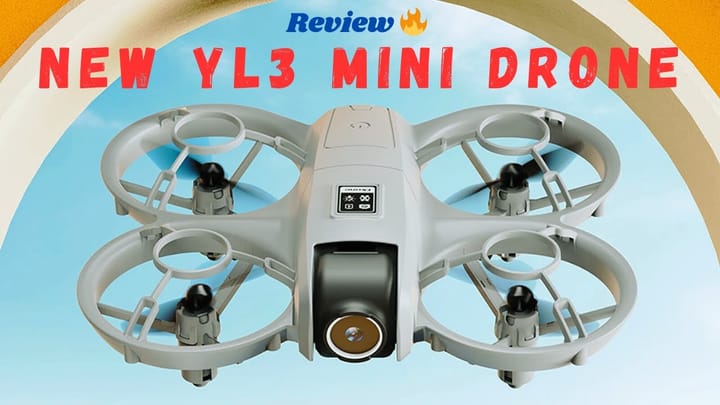
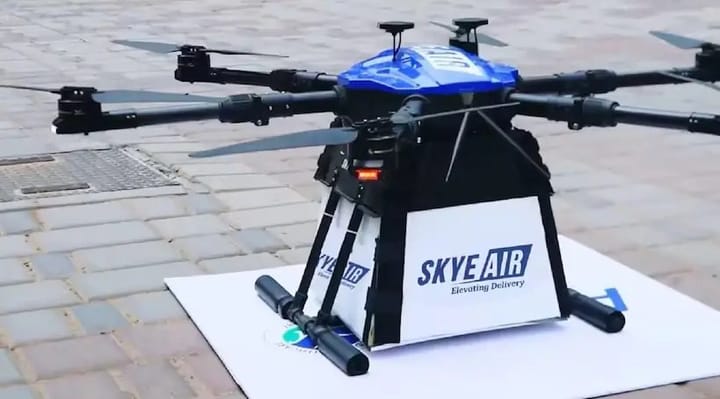
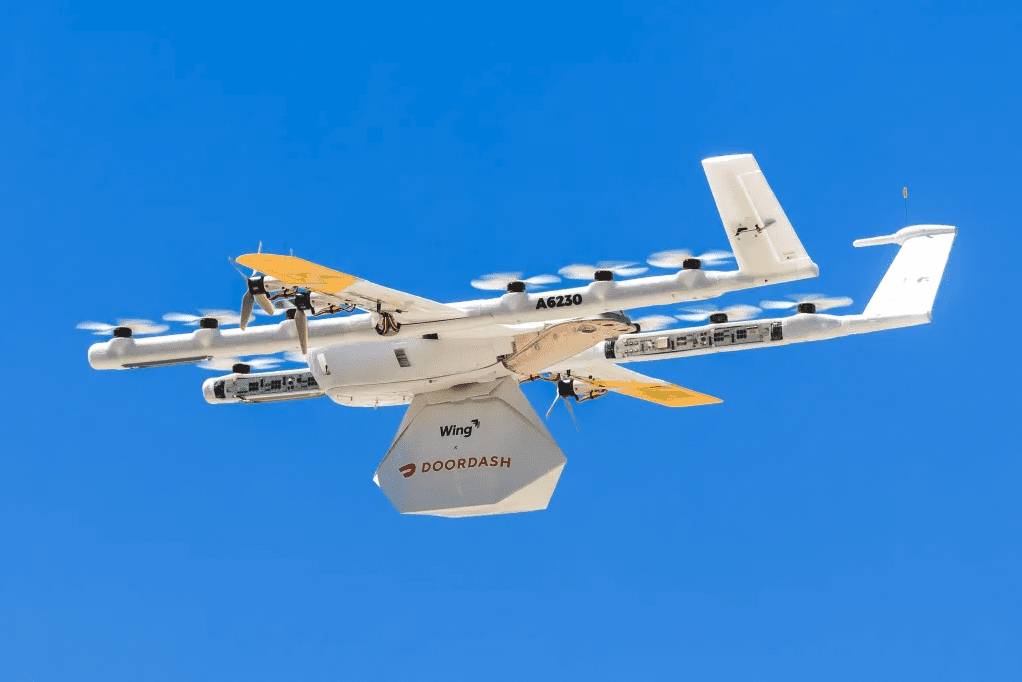

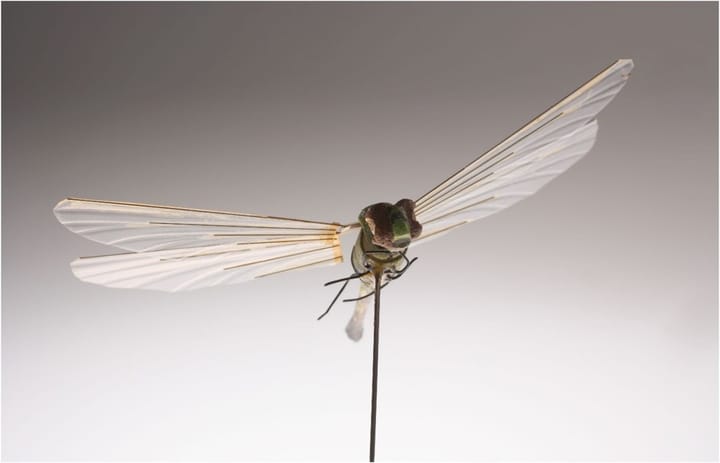
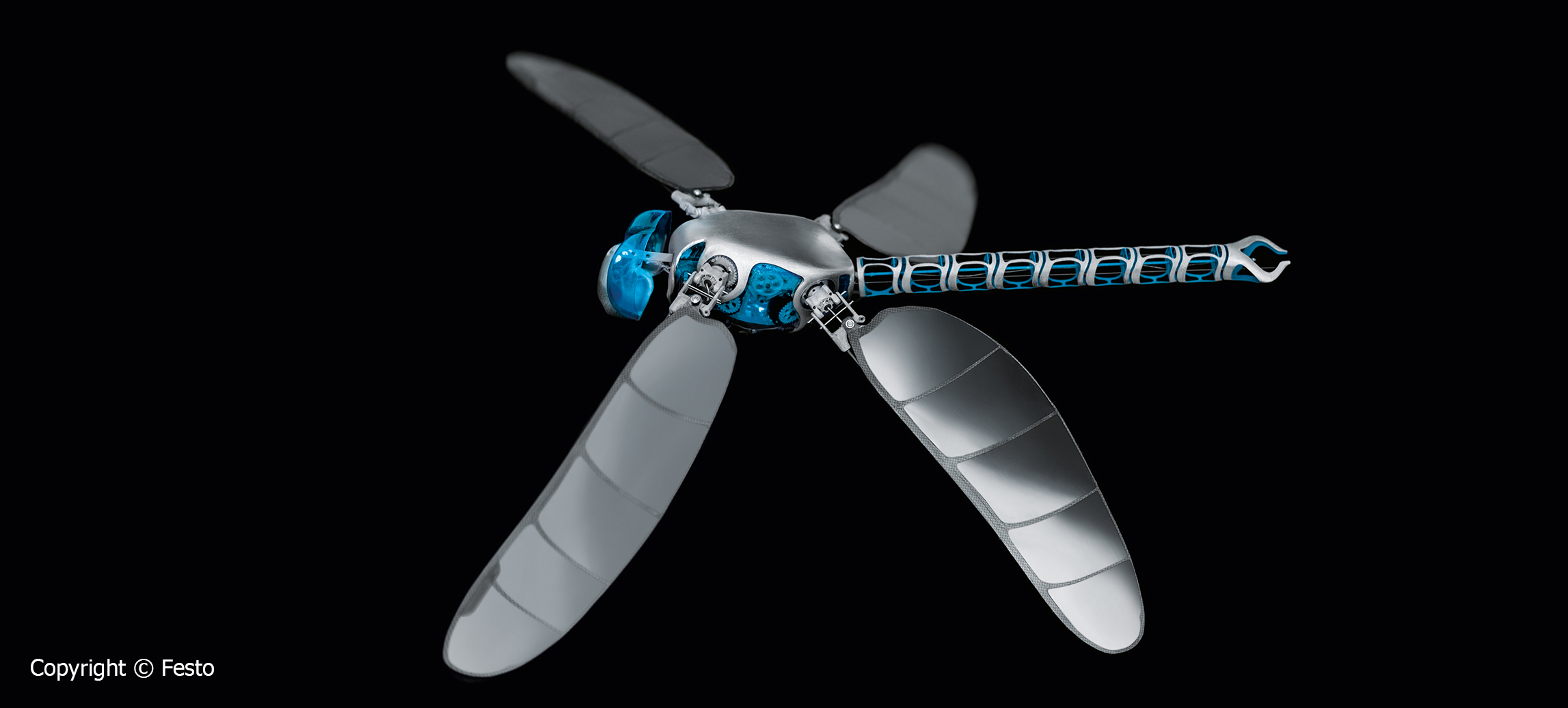


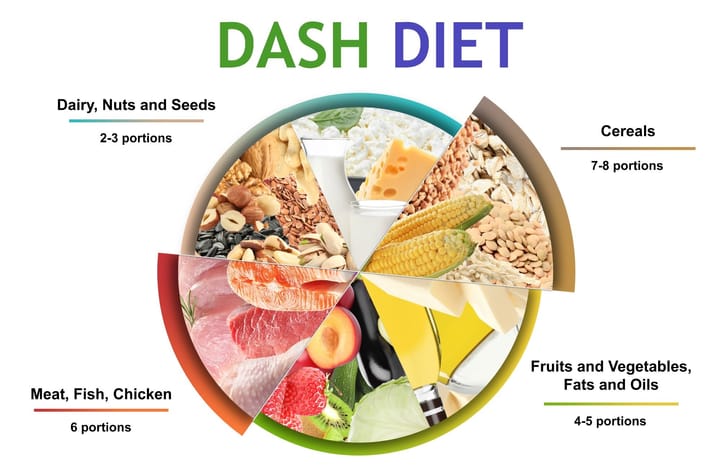



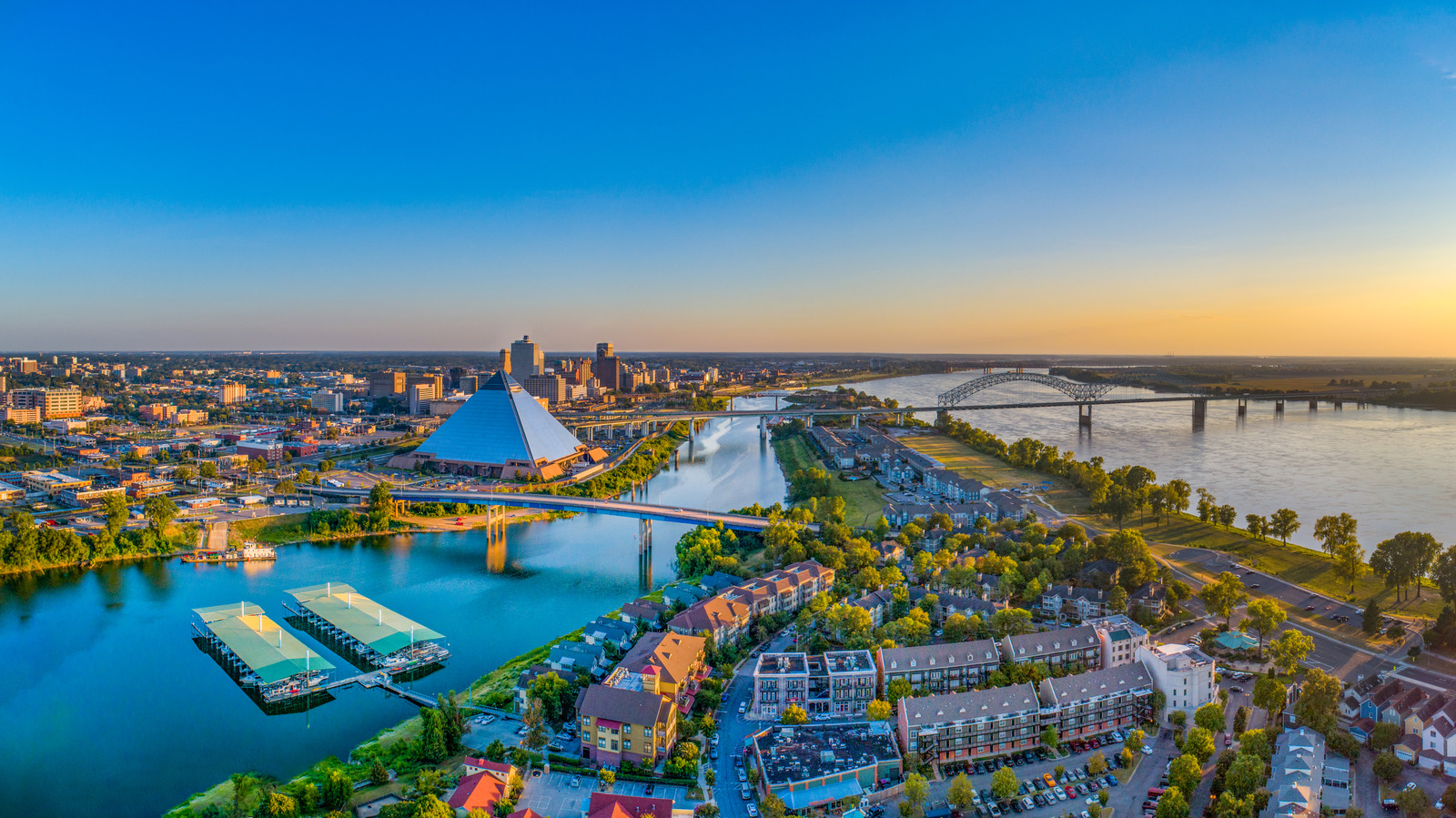



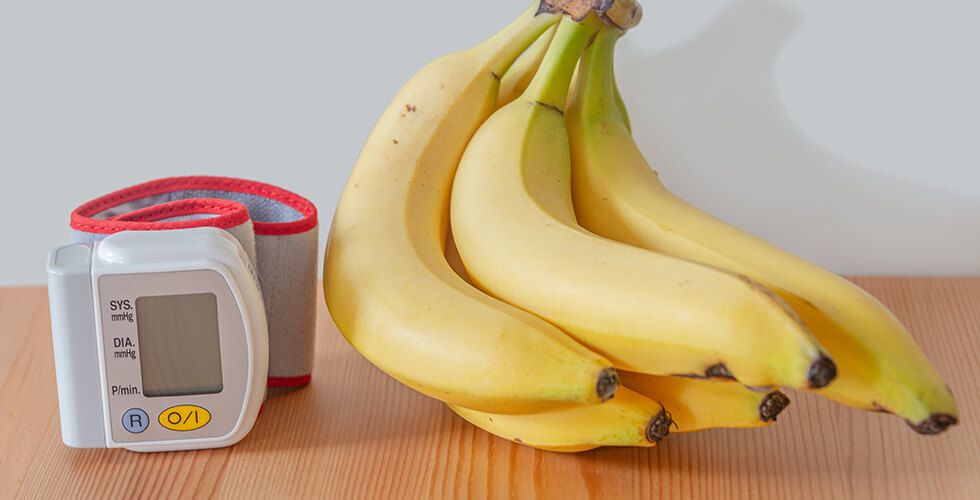
Comments ()